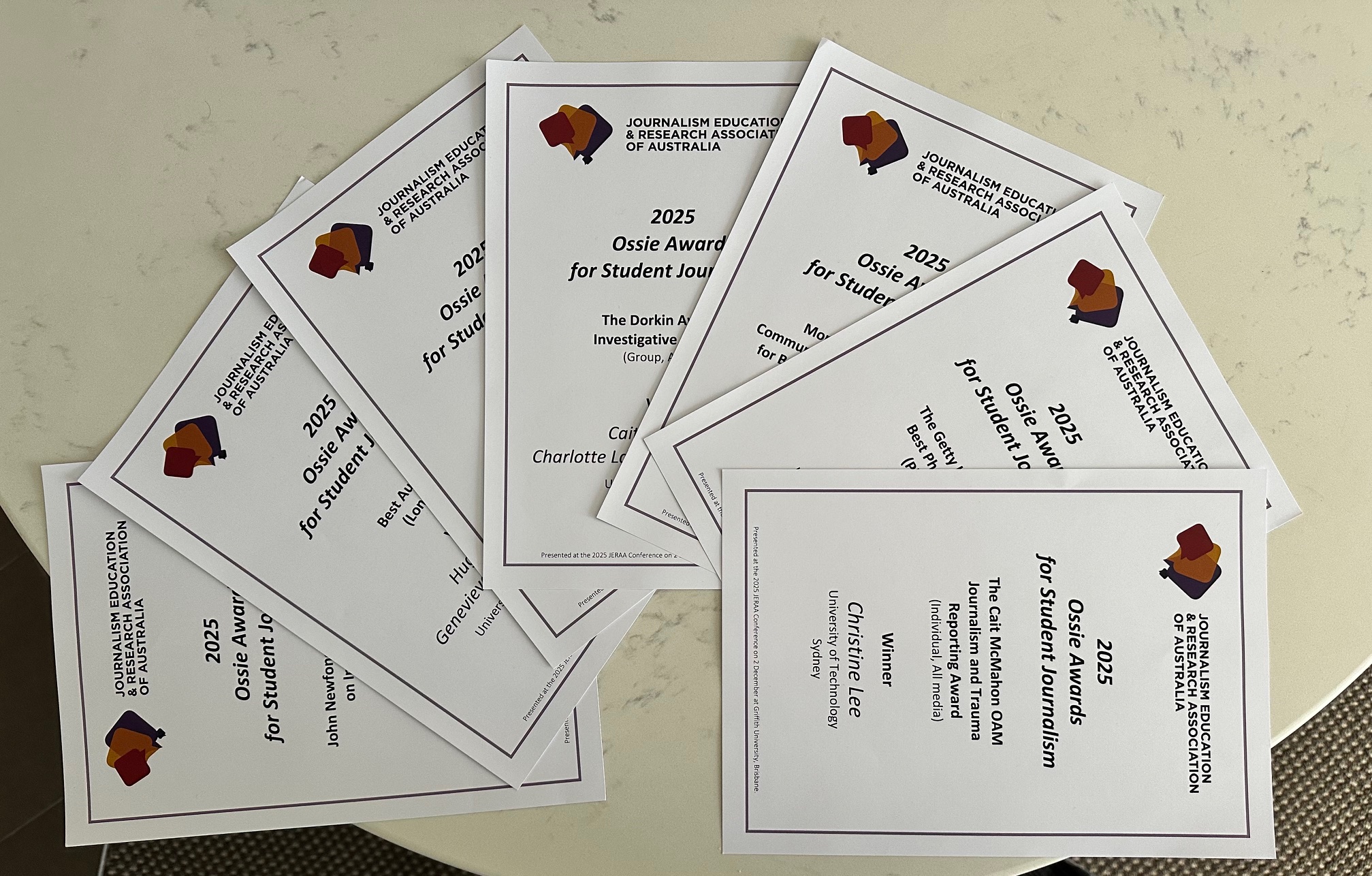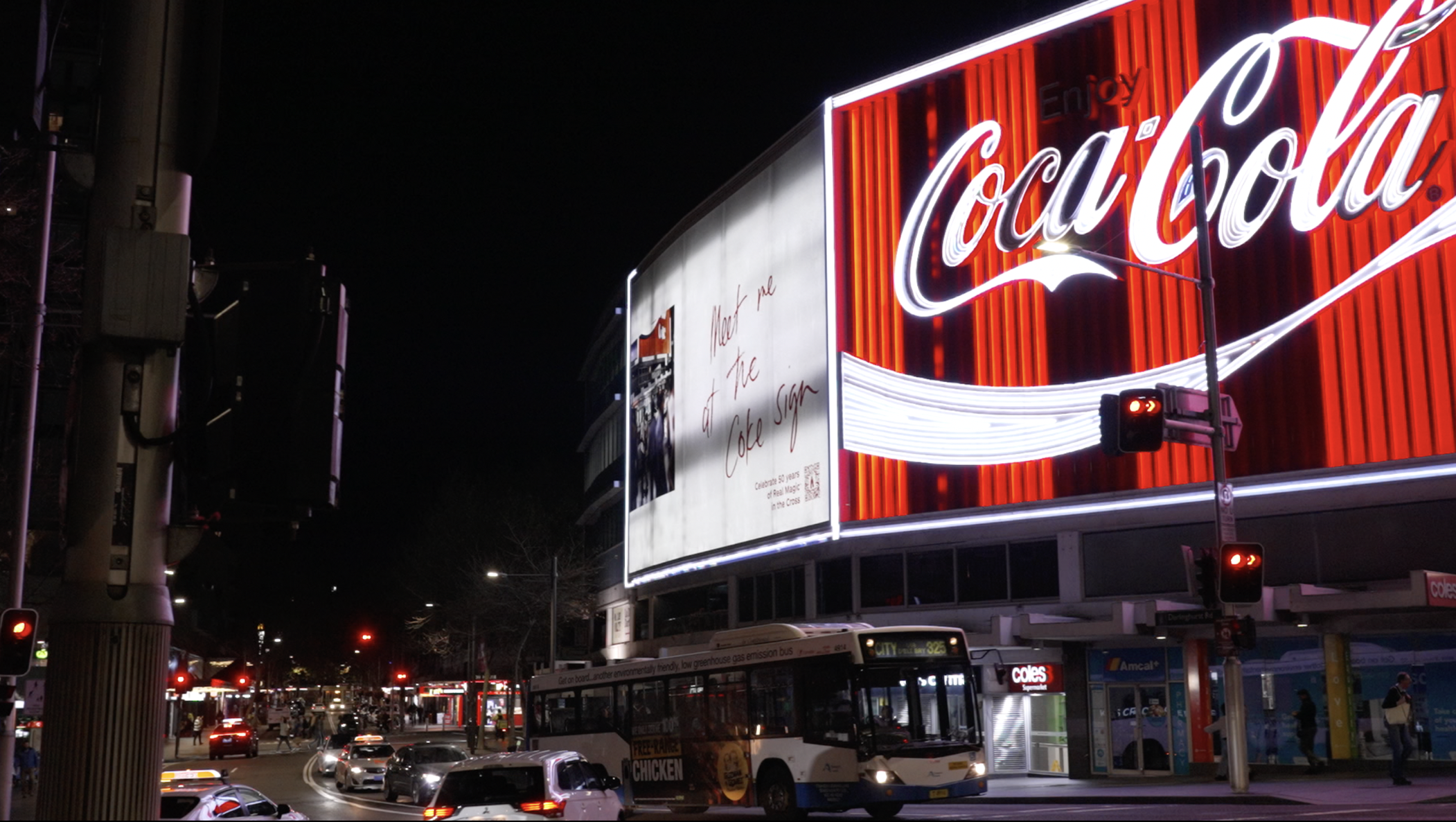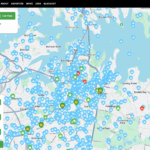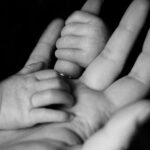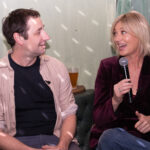From 17 years old Brooke Beavan considered herself the most sun-safe person she knew.
With fair skin, red hair and a family history of skin cancer she was very aware that she needed to be extra vigilant.
Then at age 22, with no previous symptoms, she was diagnosed with melanoma.
“Going into my appointment in January, I was completely oblivious as to how concerned I should have been,” she said.
“When I was first told I had melanoma, I don’t think I quite understood the seriousness of what it meant for me.”
A few days after her first skin check, Brooke received a call from her doctor telling her they found melanoma on her right scapula.
Brooke’s life quickly turned from being a dancer climbing up the professional ranks, to tackling the cancer conversation with loved ones.
[There is] a misconception that you can get rid of skin cancer by simply cutting off a mole, and that melanoma is a ‘good’ or ‘easily fixable’ type of cancer.
After finding the cancer, Brooke was booked in to have the melanoma removed surgically and was also set to undergo a sentinel node biopsy to remove the 2 lymph nodes from under her arm, so doctors could more accurately determine whether the cancer had made its way into her lymphatic system.
Ten days later, as she was going through an excruciating recovery period, she was told they had successfully removed the cancer before it could spread and ruled out any need for immunotherapy.
Australia’s love affair with the sun is at the heart of our national and cultural identity. For young Australians, a golden tan goes hand in hand with beauty standards and aesthetic expectations. But sun rays are threatening the lives of Australians, particularly young women like Brooke.
Skin cancer is the most common cancer in Australia, with about two in three Australians being diagnosed with either melanoma of the skin (melanoma) or non-melanoma skin cancer (NMSC). Due to the high level of NMSC and the main types not being reportable to cancer registries, there is limited data available on this type of skin cancer.
Public warnings about skin cancer and its dangers have long been a feature of life in Australia, however its impact on Australia’s youth and young adults is a growing concern. Melanoma is the third most common type of cancer among all Australians, but is also estimated to be the most common type of cancer among Australians aged 20 to 39, according to 2021 Australian Institute of Health and Welfare statistics.

Data Visualisation: Magdalena Murdoch Source: Australian Institution of Health and Welfare
Like many Australians, while Brooke took precautions, she still actively sought out the sun in the hopes of acquiring a natural tan.
“I struggled to accept that I was so much more ‘sensitive’ to the sun than most of my peers,” she said.
“I chose, on multiple occasions, to lay in the sun unprotected, thinking that I would be able to develop a tan.”

Data Visualisation: Magdalena Murdoch Source: Australian Bureau of Statistics
It has been found that 95 per cent of melanomas in Australia are caused by over exposure to UV radiation.
The Australian Bureau of Statistics identified that the top three forms of sun protection behaviours among Australians were sunglasses (53.7 per cent), staying in the shade (55.6 per cent) and wearing a hat (51 per cent). SPF30 or higher sunscreens are used by 49.4 per cent of Australians, with the age group of 35 to 44 leading the ranks. Although half of Australian’s reported using three or more sun protection behaviours when exposed to UV, the other half fell short.
Professor Paul Nathan, a medical oncologist at Mount Vernon Cancer Centre in the UK, told the ABC: “The first sunny day of the year, you see young people stripping off, going bright red and peeling.
“We need to get to a place where it’s culturally unacceptable not to use sun protective clothing, wear a hat and use sun cream.”

Data Visualisation: Magdalena Murdoch Source: Australian Bureau of Statistics
As a woman who has always called the East Coast of Australia home, Brooke grew up thinking sun exposure was just a part of being Australian.
Brooke remembers various advertisements of anti-smoking campaigns, the hauntings images of premature babies on ventilators, a man of merely skin and bones on his death bed, the words ‘Smoking Kills’ echoing in her head. However, when preparing herself to go into the harsh Australian sun, she would think of a cartoon seagull called Sid singing ‘Slip, Slop, Slap’.

Data Visualisation: Magdalena Murdoch Source: Google
With the emergence of the #endthetrend campaign and efforts to spread skin cancer awareness to young Australians through social media there has been an increase in Australians going for a skin check, with Google showing the term has steadily climbed in searches. Statistics show that 90 per cent of melanomas can be treated successfully with surgery, but only if it is detected early.
Although Brooke was lucky with early intervention and a successful surgery, she now more than ever understands the misconceptions of how critical skin cancer can be.
“I don’t think the issue comes from a lack of understanding of how common melanoma is for Australians, rather, I think the issue lies in a misconception that you can get rid of skin cancer by simply cutting off a mole, and that melanoma is a ‘good’ or ‘easily fixable’ type of cancer,” she said.
If Brooke has learnt anything from this experience it is that the focus group of people we should be educating about the dangers of the sun should be much younger.
“It doesn’t matter how old you are or the colour of your skin… if you spend time in the sun, you are at risk,” she said. “Preventative care is the best care.”
Main image of Brooke Beavan supplied.









